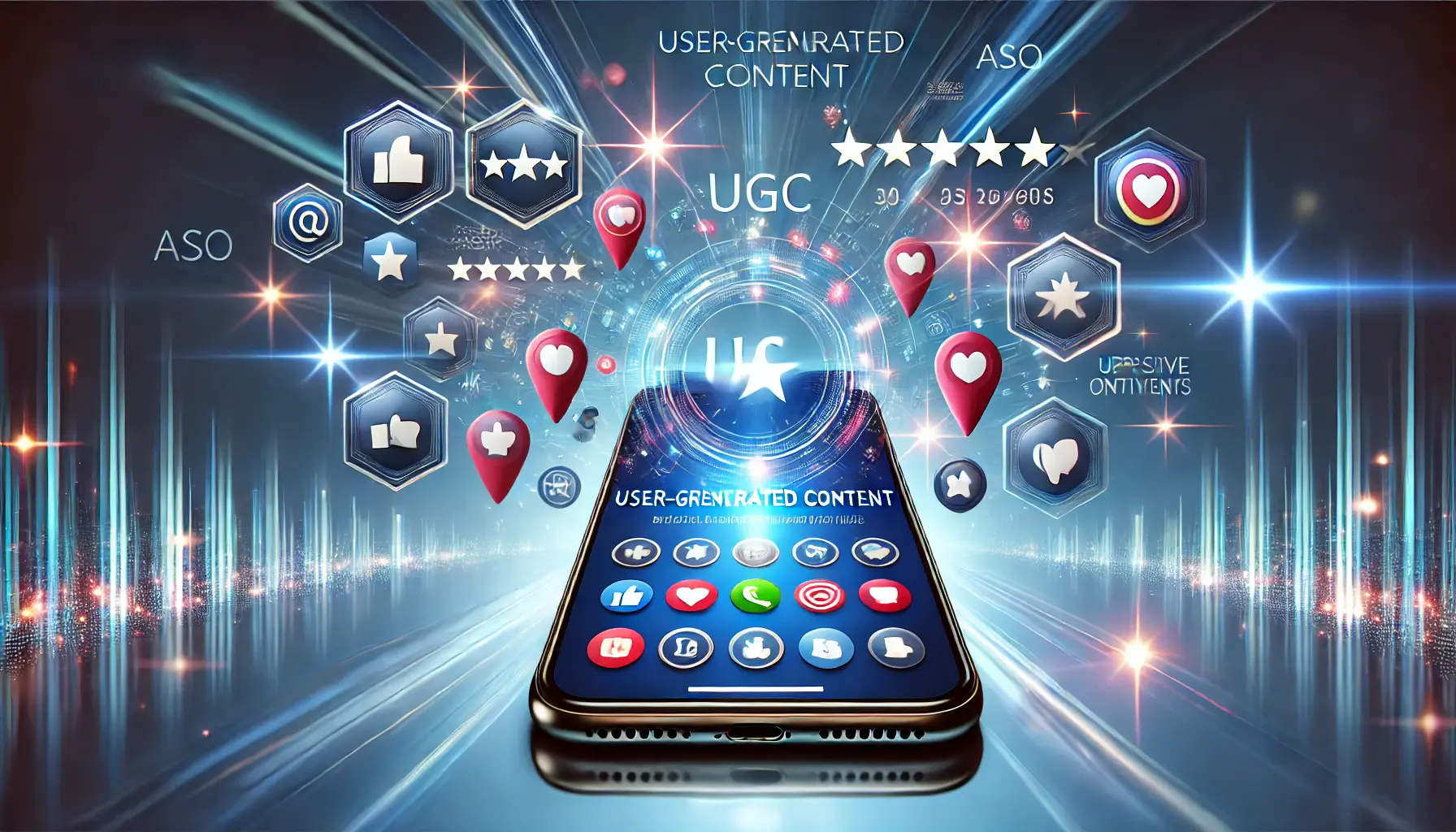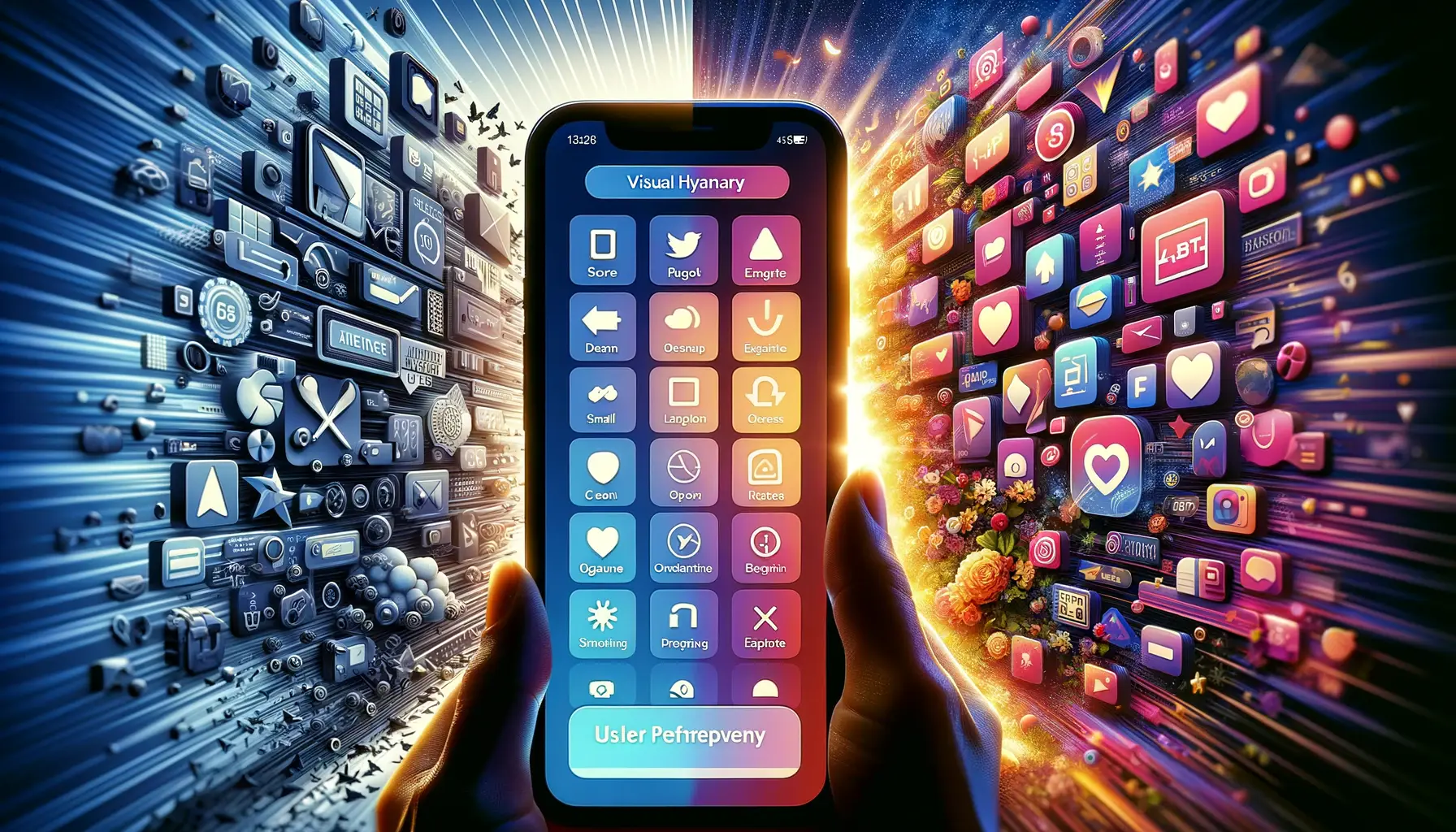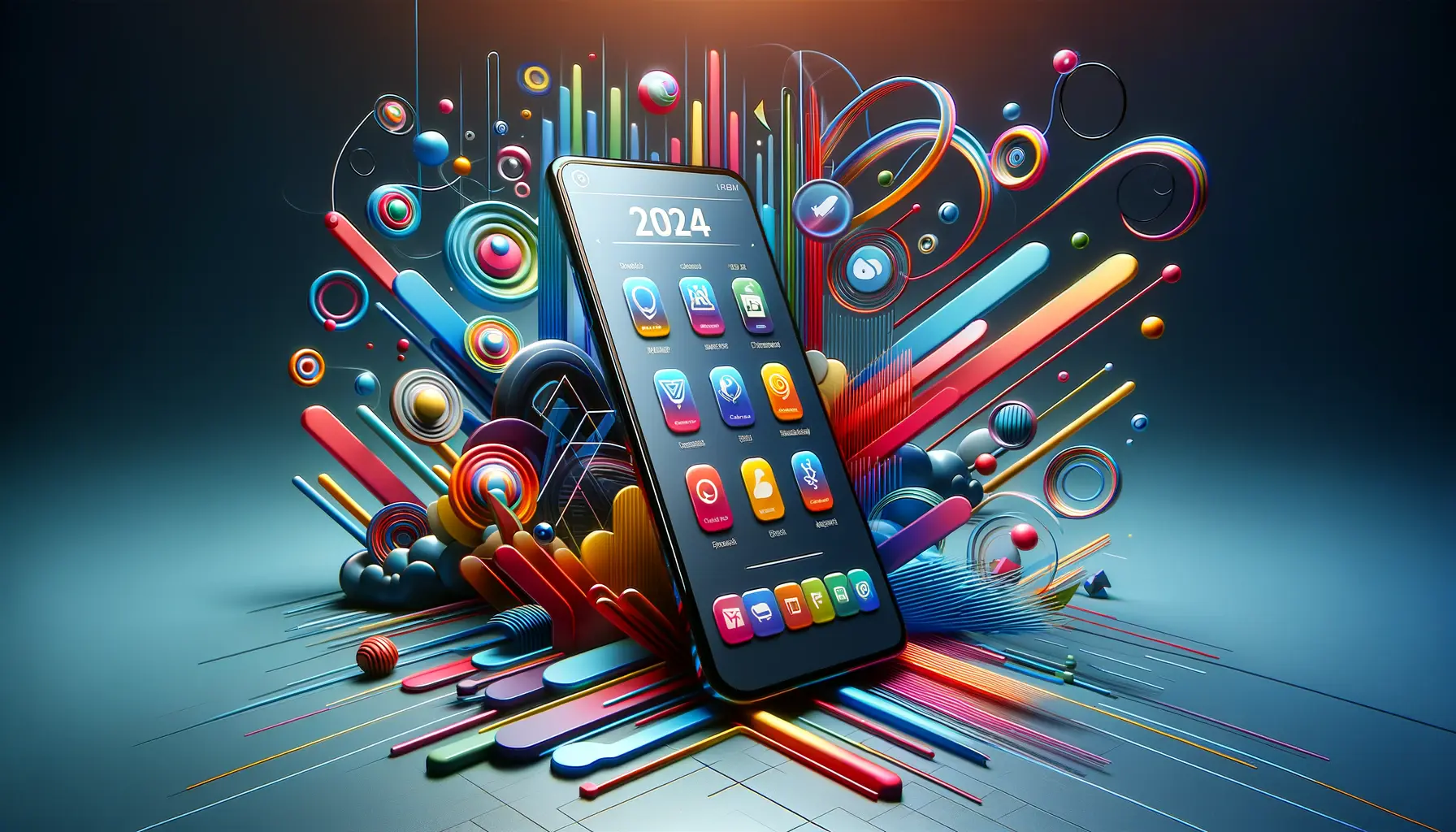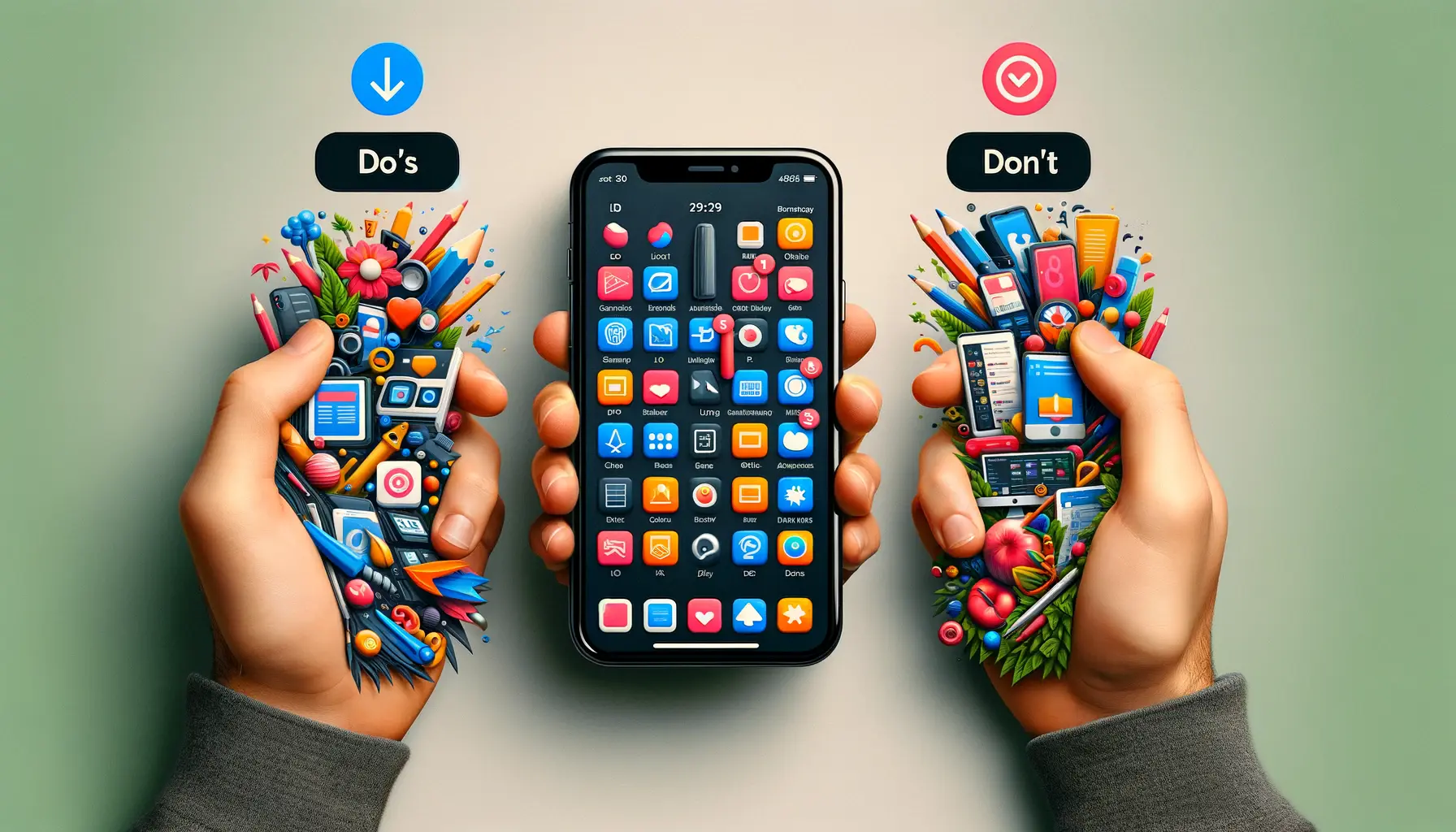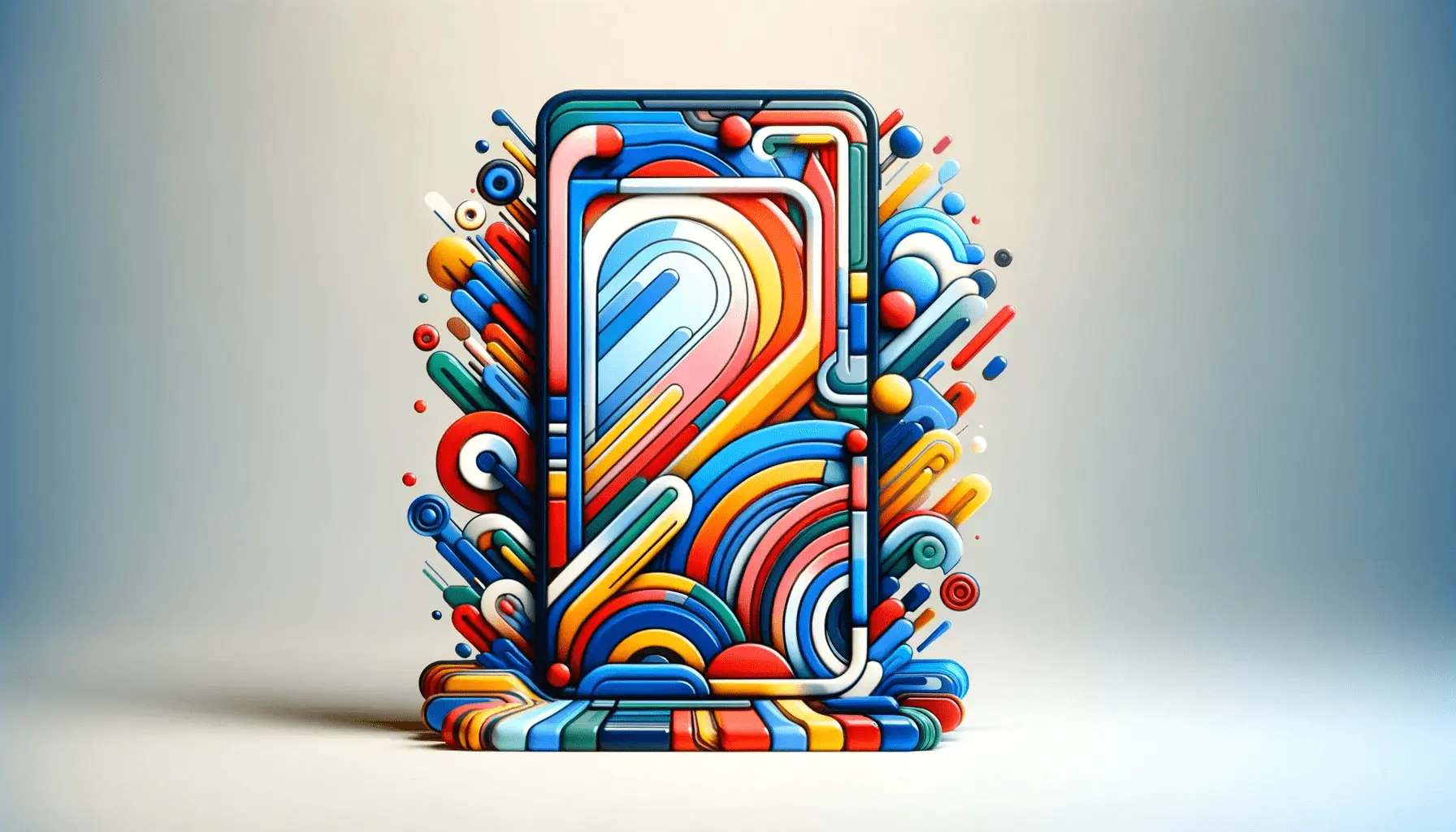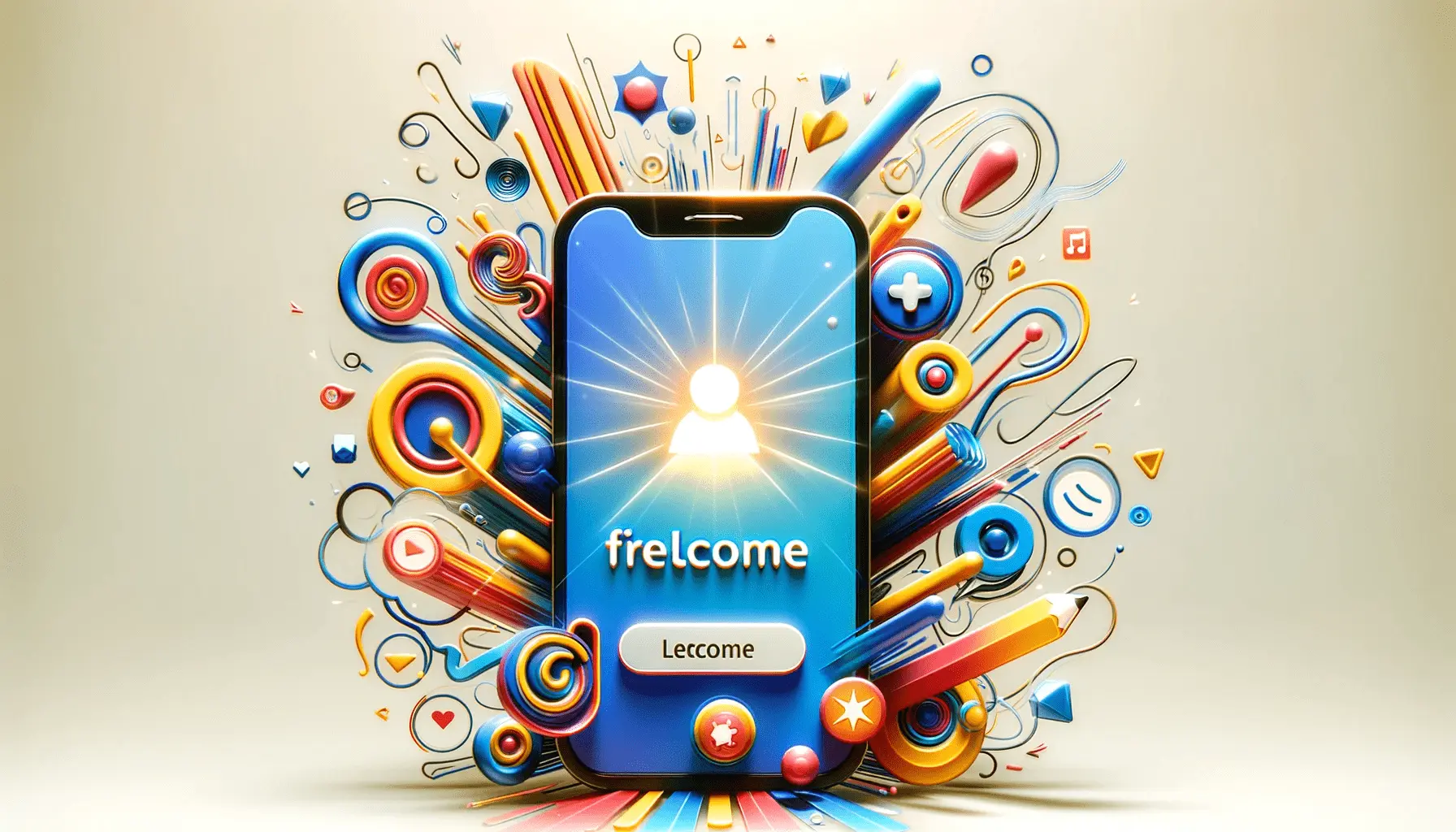The mobile app ecosystem thrives on first impressions, where visuals dominate the decision-making process of potential users.
The first screenshot in an app’s listing is not merely a visual introduction but a decisive factor in App Store Optimization (ASO) strategy.
This singular image can sway the balance between engagement and passivity, making it a pivotal element in an app’s success.
Understanding the nuances of crafting this perfect first screenshot requires a deep dive into the principles of ASO, user psychology, and design aesthetics.
It’s an intricate dance of color, composition, and content, aimed at captivating the audience at first glance.
This exploration will unveil the strategies behind designing screenshots that are not just visually appealing but also strategically aligned with ASO objectives to drive app downloads.
- The Importance of First Impressions
- Strategic Messaging in Screenshots
- Optimizing Screenshots for Different App Stores
- Visual Trends and Innovations in App Screenshots
- Incorporating User Feedback and Analytics
- Impact of First Screenshot on ASO and Downloads
- Creating a Cohesive Visual Narrative
- Conclusion: Mastering the Art of the First Screenshot for ASO
- FAQs on Crafting the Perfect First Screenshot for ASO
The Importance of First Impressions
The first screenshot holds immense power in the ASO arena, serving as the visual handshake between the app and its potential users.
This critical touchpoint can significantly impact the app’s conversion rates, making it essential to understand its underlying importance.
A well-crafted first screenshot not only grabs attention but also conveys the app’s core value proposition succinctly and effectively.
Statistics show that users often make download decisions based on the first screenshot without scrolling through additional images or reading the app description.
This behavior underscores the need for a screenshot that is not only eye-catching but also informative, providing a snapshot of the app’s functionality or experience.
The challenge lies in balancing aesthetic appeal with informational clarity, ensuring that the screenshot speaks volumes about the app’s utility and allure.
Design Principles for Compelling Screenshots
To craft an engaging first screenshot, certain design principles come into play.
These principles revolve around clarity, simplicity, and emphasis.
A cluttered or overly complex screenshot can confuse or overwhelm users, whereas a clear and straightforward image with a focal point can effectively communicate the app’s essence.
The use of vibrant colors, contrast, and legible typography enhances visibility and draws the user’s eye to the key features or benefits highlighted in the screenshot.
Moreover, incorporating elements of storytelling or emotion can add depth to the screenshot, making it resonate more with the target audience.
Visual cues that evoke curiosity, joy, or excitement can encourage users to explore the app further.
The goal is to create a screenshot that not only stands out visually but also connects emotionally, prompting the user to take action.
A compelling first screenshot seamlessly blends design aesthetics with strategic messaging to capture the essence of the app in a single glance.
Strategic Messaging in Screenshots
Integrating strategic messaging within the first screenshot is crucial for conveying the app’s value proposition effectively.
It’s not just about showcasing the app’s features but highlighting how it solves a problem or improves the user’s life.
This requires a nuanced approach to content selection and presentation, ensuring the message resonates with the target audience.
Here are key strategies to optimize messaging in your first screenshot:
- Focus on Benefits: Highlight the primary benefit or solution your app offers. Emphasize how it makes the user’s life easier, more enjoyable, or more productive.
- Clarity and Brevity: Use clear, concise language that communicates the app’s value quickly. Avoid jargon or overly technical terms that might confuse the audience.
- Emotional Connection: Tap into the emotional drivers that might motivate a user to download your app. Whether it’s the thrill of competition, the joy of learning, or the satisfaction of achieving goals, make sure your screenshot speaks to these feelings.
- Call to Action: Although not always necessary or appropriate in every first screenshot, a subtle call to action can encourage users to swipe through more screenshots or download the app.
User-Centric Approach
Understanding your audience is paramount when crafting your first screenshot.
A user-centric approach ensures that the screenshot addresses the users’ needs, preferences, and pain points.
This alignment with the audience not only increases the screenshot’s appeal but also its effectiveness in driving conversions.
To adopt a user-centric approach, consider the following:
- User Research: Dive into user feedback, reviews, and behavior analytics to gather insights on what appeals to your target audience.
- Segmentation: Tailor your screenshots to different user segments, if applicable. This could involve varying the messaging or visual elements based on demographics, interests, or usage patterns.
- Testing and Optimization: Continuously test different versions of your first screenshot to identify what resonates most with your audience. A/B testing can provide valuable data on preferences and conversion drivers.
Incorporating user feedback and data into the design process ensures that your first screenshot speaks directly to the needs and desires of your target audience, making it more impactful.
Optimizing Screenshots for Different App Stores
The approach to crafting the perfect first screenshot varies significantly between the Apple App Store and Google Play Store due to their distinct layouts and user behaviors.
Recognizing these differences and optimizing accordingly is vital for maximizing the screenshot’s effectiveness in each platform.
Let’s explore how to tailor your first screenshot for each app store:
- Apple App Store: The iOS platform showcases screenshots prominently in search results, making the first screenshot critical for catching users’ attention. Focus on bold visuals and straightforward messaging that communicates the app’s value at a glance.
- Google Play Store: Given that the Feature Graphic often takes precedence, the first screenshot should complement this visual and reinforce the app’s key message. Since users need to scroll to view screenshots, ensure the first image strongly encourages further exploration.
Technical Specifications and Best Practices
Adhering to the technical specifications and best practices for each app store not only ensures compliance but enhances the screenshot’s appeal.
Here’s what you need to keep in mind:
- Resolution and Dimensions: Follow the latest guidelines for screenshot dimensions and resolution provided by Apple and Google to ensure your images display crisply on all devices.
- Orientation: Choose an orientation (portrait or landscape) that best showcases your app. Consider how your target audience is likely to use the app and the visual impact of each orientation.
- Localization: For apps available in multiple regions, localize your screenshots to match the language and cultural nuances of each audience. This increases relevance and connection with potential users around the world.
Remember, while technical specifications are important, the creativity and strategic messaging of your first screenshot play a crucial role in captivating and converting your target audience.
Visual Trends and Innovations in App Screenshots
Staying abreast of visual trends and innovations in app screenshots can provide a competitive edge, making your app stand out in crowded marketplaces.
Adopting modern design trends can refresh your app’s appearance, appeal to contemporary users, and convey a sense of innovation and relevance.
Here are some current visual trends and innovations to consider:
- Minimalism: Simplified design with a focus on core elements allows your message to shine through. This trend emphasizes clean lines, ample white space, and restrained color palettes to highlight the app’s features or benefits.
- Bold Typography: Large, bold fonts grab attention and make your screenshots more readable at a glance. Combining interesting typography with concise messaging can effectively communicate your app’s value proposition.
- Storytelling Visuals: Using screenshots to tell a story or showcase a journey within your app can engage users emotionally, making them more likely to download and explore your app.
Leveraging Technology and Tools
With the evolution of graphic design software and tools, creating compelling screenshots has become more accessible.
Leveraging these tools can help you incorporate the latest design trends into your screenshots, experiment with different layouts, and test the impact of various elements.
Consider the following when leveraging technology for your screenshots:
- Design Software: Utilize advanced design software that offers flexibility in editing and customization. Tools like Adobe Photoshop and Sketch provide extensive features for creating high-quality visuals.
- Mockup Generators: Online mockup generators can quickly produce professional-looking screenshots within realistic device frames, saving time and resources.
- Testing Platforms: Use A/B testing platforms to experiment with different screenshot designs and measure their performance. This data-driven approach allows you to refine your screenshots based on real user preferences.
Incorporating cutting-edge design trends and leveraging modern tools can significantly enhance the visual appeal of your first screenshot, making it a powerful tool in your ASO strategy.
Incorporating User Feedback and Analytics
Integrating user feedback and analytics into the screenshot optimization process is essential for aligning your app’s visual presentation with user expectations and preferences.
This data-driven approach enables continuous improvement, ensuring your first screenshot remains effective over time.
Strategies for leveraging user feedback and analytics include:
- Review Analysis: Analyze user reviews and ratings to identify what users love about your app. Highlighting these features or benefits in your screenshot can resonate with potential users.
- User Surveys: Conduct surveys to gather direct feedback on your screenshots. Ask users what captures their attention and what could be improved.
- Behavioral Data: Use analytics to understand how users interact with your app store listing. Pay special attention to the click-through rate (CTR) of your screenshots and any drop-offs in engagement.
Optimization Based on Insights
Armed with insights from user feedback and analytics, you can embark on targeted optimizations to your first screenshot.
This iterative process involves testing different elements to see what enhances user engagement and conversion rates.
Considerations for optimization include:
- Visual Elements: Experiment with changes in color schemes, imagery, and typography based on user preferences. Small adjustments can have a significant impact on attractiveness and clarity.
- Messaging: Refine the messaging in your screenshot to better align with user expectations. This may involve emphasizing different features or benefits based on feedback.
- Layout and Composition: Test different layouts and compositions to find the most engaging arrangement. The goal is to create a visually appealing screenshot that also communicates effectively.
Utilizing user feedback and analytics is not a one-time task but a continuous cycle of testing, learning, and optimizing. This approach ensures that your first screenshot evolves alongside user trends and preferences, maintaining its effectiveness in driving app downloads.
Impact of First Screenshot on ASO and Downloads
The first screenshot in your app store listing plays a crucial role in both App Store Optimization (ASO) and influencing download decisions.
Its impact extends beyond mere aesthetics, affecting how users perceive and interact with your app before they even install it.
Understanding this impact can help developers and marketers make informed decisions when designing their app store presence.
Here’s how the first screenshot can affect ASO and downloads:
- Search Visibility: A compelling first screenshot can increase the click-through rate (CTR) from search results, signaling to app store algorithms that your app is relevant and appealing, potentially improving your search rankings.
- User Engagement: An engaging screenshot captures users’ attention, encouraging them to explore your app further by reading the description, checking additional screenshots, or watching a video, which can lead to higher conversion rates.
- Conversion Optimization: By effectively conveying the app’s value proposition, the first screenshot can directly influence users’ decisions to download, serving as a powerful conversion tool.
Best Practices for Maximizing Impact
To maximize the positive impact of your first screenshot on ASO and downloads, consider adopting the following best practices:
- User-Centric Design: Design your first screenshot with the target user in mind, focusing on what appeals to them and how your app meets their needs or interests.
- Clarity and Simplicity: Ensure that your screenshot is easy to understand at a glance, with clear visuals and text that succinctly communicate the app’s core features or benefits.
- Consistent Branding: Maintain consistency in branding across your first screenshot and other visual elements in your listing to build trust and recognition with potential users.
- Regular Updates: Keep your first screenshot updated to reflect new features, seasonal themes, or changes in user preferences, ensuring it remains relevant and appealing over time.
Assuming that once a first screenshot is created, it doesn’t need to be revisited is a common misconception. Regular reviews and updates based on user feedback and performance metrics are essential for maintaining its effectiveness in driving downloads.
Creating a Cohesive Visual Narrative
While the first screenshot carries significant weight in attracting user attention, it should not stand in isolation.
Creating a cohesive visual narrative across all screenshots in your app listing amplifies the impact of the first screenshot and provides a comprehensive view of your app’s value proposition.
This cohesive storytelling approach can captivate users, guiding them through a visual journey that highlights the breadth and depth of your app’s features and benefits.
To craft a compelling visual narrative, consider the following elements:
- Sequential Flow: Arrange your screenshots in a logical sequence that gradually introduces users to your app. Start with the most impactful image and follow with screenshots that build on the story or showcase additional features.
- Consistent Theme: Use a consistent color scheme, typography, and design style across all screenshots to create a unified look and feel. This visual consistency reinforces your app’s branding and makes the overall presentation more professional and engaging.
- Emotional Appeal: Incorporate elements that evoke emotions or highlight benefits that resonate on an emotional level. This can include using lifestyle imagery, user testimonials, or showcasing the joy, convenience, or relief your app provides.
Enhancing the Narrative with Supporting Visuals
Beyond the screenshots themselves, consider how other visual elements within your app store listing can contribute to the narrative.
This includes the app icon, feature graphic (on Google Play), and promotional videos.
These elements should complement the story told through your screenshots, creating a comprehensive and immersive visual experience that entices users to download.
Implementing these strategies requires:
- Strategic Planning: Plan your visual narrative as part of your overall ASO strategy, considering how each element contributes to the story and user journey.
- Creative Execution: Leverage design skills and tools to bring your visual narrative to life, ensuring high-quality visuals that accurately represent your app.
- User Testing: Gather feedback from users on your visual narrative to understand its effectiveness and make necessary adjustments. This can involve A/B testing different visual arrangements to see what performs best.
A cohesive visual narrative not only enhances the appeal of your first screenshot but also strengthens your overall ASO efforts, leading to increased user engagement and higher download rates.
Conclusion: Mastering the Art of the First Screenshot for ASO
The journey to crafting the perfect first screenshot for App Store Optimization (ASO) is a meticulous blend of art, psychology, and strategy.
As the digital storefront for your app, this visual element is not just a passive image but a dynamic tool that can significantly influence user perception and behavior.
The importance of this visual asset in driving app discovery and downloads cannot be overstated, underscoring the need for a thoughtful approach that resonates with your target audience while standing out in a crowded marketplace.
Key Takeaways for Optimizing Your First Screenshot
In wrapping up our exploration, let’s highlight the essential strategies that can elevate your first screenshot from good to great:
- Align your design with user expectations, focusing on clarity, relevance, and emotional appeal.
- Embrace current visual trends, ensuring your screenshot reflects modern design sensibilities while remaining true to your app’s identity.
- Adapt your approach for each app store, acknowledging the unique dynamics and user behaviors associated with the Apple App Store and Google Play Store.
- Utilize user feedback and analytics as invaluable resources for continuous improvement, allowing data-driven insights to shape your visual strategy.
Creating a Lasting Impression
Ultimately, the first screenshot is your app’s first impression, a powerful opportunity to engage potential users at the very outset of their journey.
It serves as a visual elevator pitch, encapsulating the essence of your app in a fraction of a second.
By investing in the creation of a compelling first screenshot, you are setting the stage for deeper engagement, guiding users down the path to download and discovery.
Remember, the goal is not just to attract users but to connect with them, providing a visual promise of the value and experience your app offers.
This connection is the cornerstone of effective ASO, where every download is a testament to the success of your visual storytelling.
By mastering the art of the first screenshot, you’re not just optimizing for algorithms but for human emotions and behaviors, paving the way for your app’s success in the competitive digital landscape.
Boost your mobile app's success with our guaranteed App Store Optimization (ASO) service. Leave it to the experts!
FAQs on Crafting the Perfect First Screenshot for ASO
Explore common questions about optimizing your app’s first screenshot for better App Store Optimization (ASO) performance.
A great first screenshot captures the app’s essence, showcases key features, and visually engages users, encouraging them to explore further or download.
Extremely important, as it influences first impressions, user engagement, and decision-making, significantly impacting download rates.
Yes, but sparingly. Use concise, impactful text to highlight key features or benefits, enhancing the screenshot’s communicative value.
Indirectly, yes. A compelling first screenshot can improve click-through rates and downloads, which are factors in app store ranking algorithms.
Regularly, to reflect new features, seasonal updates, or shifts in user preferences, ensuring the screenshot remains relevant and appealing.
Both can work, but the choice depends on your app’s features and your marketing strategy. Real screenshots offer authenticity, while graphics can highlight benefits more creatively.
Through A/B testing on different versions, analyzing metrics like click-through and download rates to determine which screenshot performs better.
Yes, the Apple App Store and Google Play Store have different guidelines and user expectations, necessitating tailored approaches for each platform.



